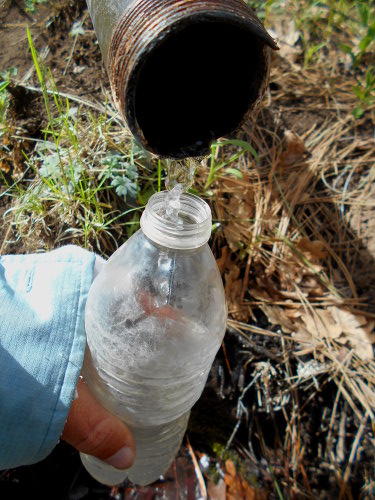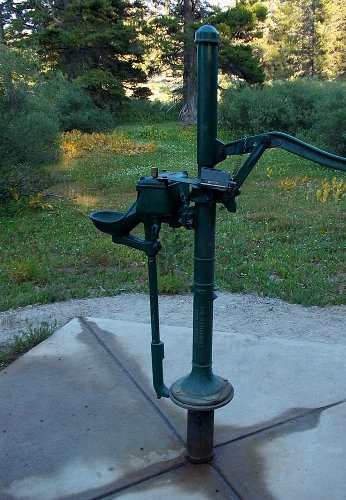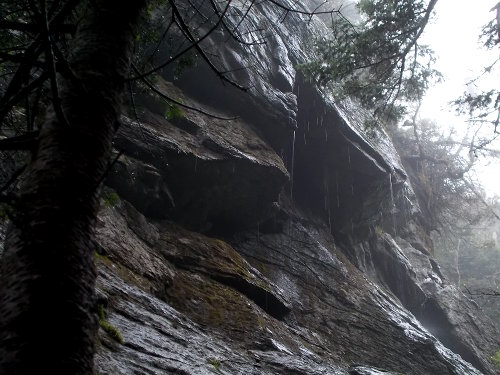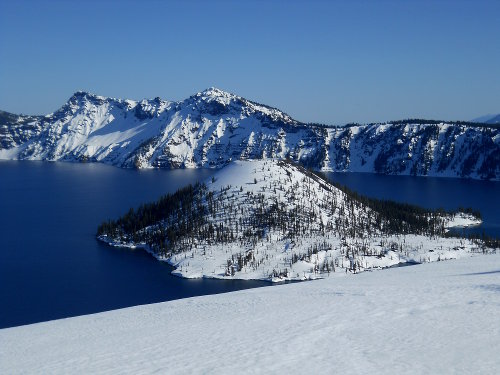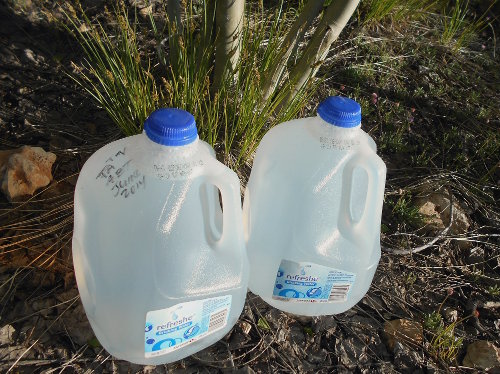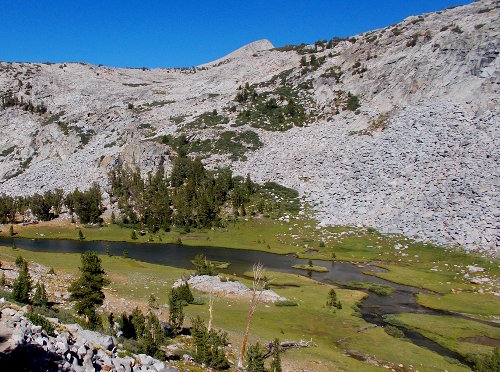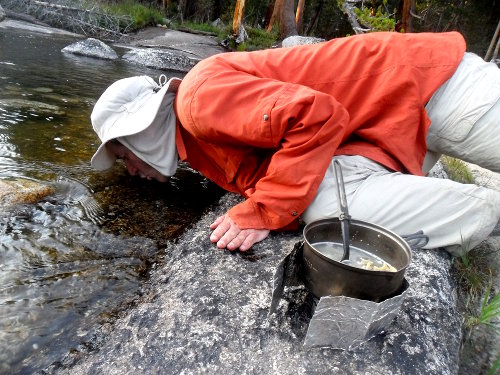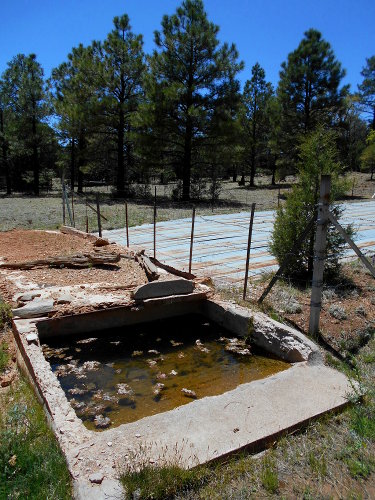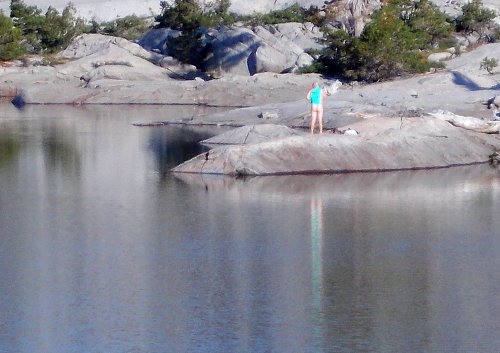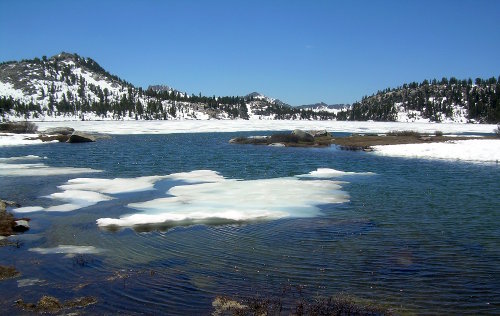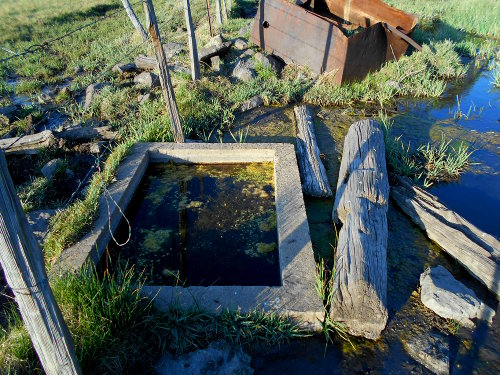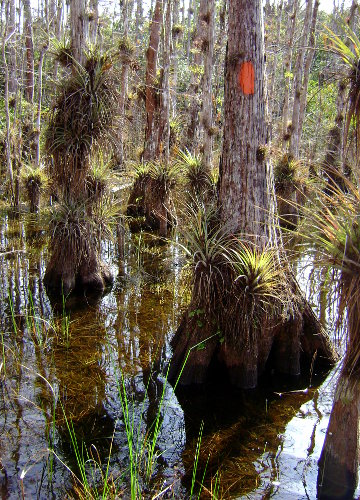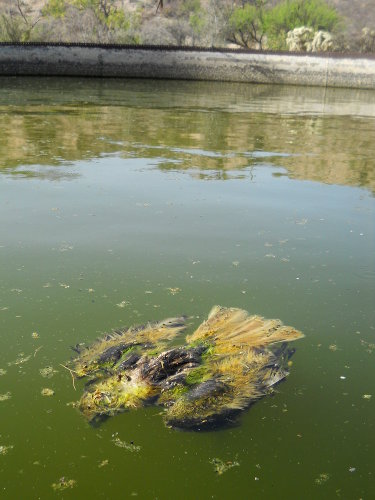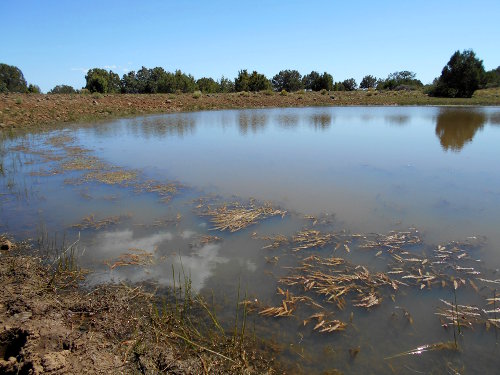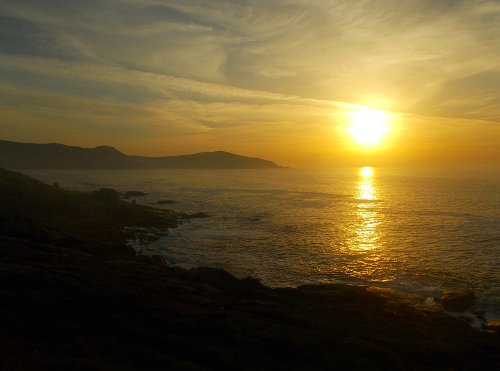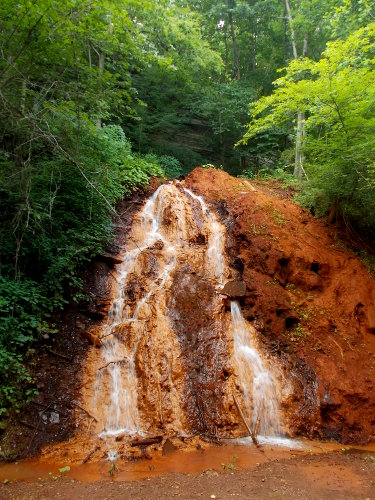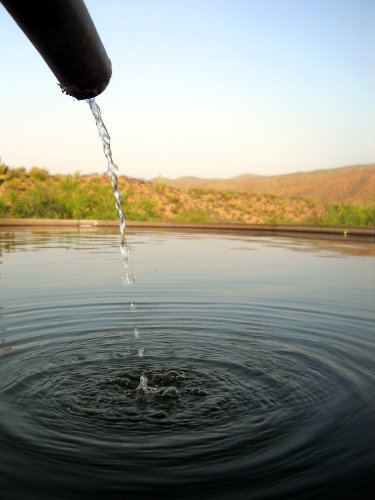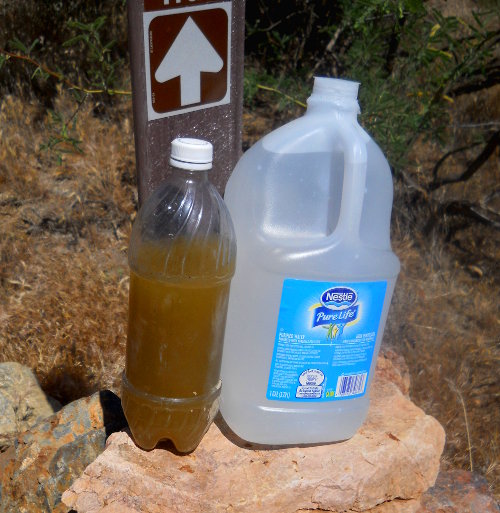Managing Your Wilderness Water
We’ve discussed ways to identify good and bad water in the wilderness, but now we will take it one step further and learn how to manage your water. In an ideal world, water would be plentiful and every last drop would be cold, beautiful and safe to drink, but we don’t live in an ideal world and all water is not equal—but you can choose how you’ll use each water source to maximize your odds for a happy, uneventful trip into the wilderness.
How To Rate Backcountry Water Sources
The water we consume directly needs to be the purest of the pure, while the water we use to wash our feet may not require such rigorous standards. This might sound like common sense, and it is, but let’s consider the types of water quality you’ll find in the wilderness and how we can best utilize them. It’ll also give us a system where we can compare two different water sources to better manage our water usage.
Five-star water sources are the gold standard for water. They generally come from the source: springs, pumps, snow and rain. Because you’ve taken it from the source, the chance of contamination is small. If you see a source of possible contamination (e.g. a dead mouse in the water, yellow snow, etc.), downgrade the water appropriately. Although not normally found in the wilderness, also include bottled water and tap water as 5-star water. (Tap water in developing countries may not deserve it, but in the United States, Canada, Western Europe, etc. the water is usually safe for consumption.)
You could probably drink this completely unfiltered with no ill effects, but obviously this water can be used for any purpose.
Four-star water usually comes from creeks and streams located upstream of all known human development. The water looks good, smells good and no known sources of contaminants drain into the water. The lack of a complete visual check all the way to the water’s source means unidentified sources of pollution could make the water unsafe to drink.
This is still great drinking water—good enough that I don’t feel the need to treat it, but even if you aren’t so adventurous, you can still use it to wash clothes or dishes without too much concern. (But don’t pollute the water source in the process!)
On that note, if a water source crosses the trail, I’d recommend collecting the water from the uphill side and soaking your feet or rinsing your socks on the downhill side. People have to drink that water and even though soaking your feet won’t make the water unsafe to drink, leave them an area where they don’t have to drink your bathwater.
Three-star water usually comes from ponds, lakes and other large bodies of water located upstream of all known human developments, as well as the creeks and streams that flow out of such bodies of water. If no streams are flowing out of the body of water, however, beware! The water in the lake or pond isn’t being flushed and doesn’t deserve a 3-star rating.
This water probably has some level of contaminants—but probably not enough to make the water unfit to drink. As you might sometimes hear, “The solution to pollution is dilution.” The relatively large size of ponds and lakes to such small amounts of pollution should help keep the water safe to drink. The water looks good and smells good, and you have no reason to believe that the water is contaminated—at least nothing worse than the occasional hiker who takes a swim or washes their dishes/clothes/whatevers in the water. I personally don’t treat this sort of water before drinking it—most wilderness water is perfectly safe to drink and this is no exception—but the risk of contracting a water-borne illness are increasing!
Two-star water usually comes from stagnant water sources (especially those that never get flushed) or water sources located downstream of civilization. The water still appears good and safe to drink, but you recognize the fact that large concentrations of pollutants may be in the water anyhow.
As a general rule, don’t use this as drinking water. Even if it’s treated, there will likely still be contaminants or water-borne parasites in the water. It might feel nice to soak your feet or rinse out your socks, but try to find better water sources for drinking and cooking. Sometimes it can’t be helped, but even I will treat this water before drinking it!
Any water source that you know contains significant levels of pollution gets 1 star. One-star water is most often located below civilization and involves stagnant water, but you can find it anywhere. If you see dead animals floating in the water, it’s 1-star water. If you see cow patties surrounding a stock pond, it’s 1-star water. Any water source that smells strange or tastes funny—it’s 1-star water. You get the idea!
You really shouldn’t use this water for anything. It’s absolutely disgusting! There are times it can’t be helped (large sections of the Arizona Trail come to mind), but it would be in your best interests to avoid using this water for anything.
Zero-star water is just water that will kill you. This includes stuff like salt water lakes, ocean water and toxic sludge in a superfund site. In the case of salt water, it might be perfectly safe to swim in and wash your clothes or dishes with, and while a cup of salt water won’t kill you, you can’t live on it either. If it’s left over toxic sludge from a mining accident, probably best not to even get near it.
Other zero-star water you might come across is anytime there is a warning to not drink the water or that the water cannot be treated. It doesn’t happen often, but it does happen!
How To User Water Ratings
The key to staying healthy is simple: properly managing your wilderness water.
Only drink from the best-rated water sources... and trade up at every opportunity. Five-star water is the gold-standard for good water, but usually you must settle for less. Fill up with the best water you can, and try to carry enough to get you to the next water source with an equal rating or better.
If you arrive at a water source better than the water you currently have, trade up! Dump out the worse water and replace it with the better water. Replace 3-star water with 4-star water, then replace the 4-star water with 5-star water. Keep trading up!
On some trails, you might not be left with any good options. You should still pick a 2-star water source over a 1-star source, but neither option will leave you happy.
On the Florida and Arizona Trails, good water is scarce! You might consider carrying gallons of tap water on your back to avoid drinking surface water for a day or two. If you do have to drink from less than pleasant water sources, treat it—it’s your second line of defense against water-borne illness. You can’t turn bad water good, but you can make it slightly less toxic!
If you treat water, bump it up one star. I’ve passed 2-star water surrounded by cows and cow patties where I’ve seen hoards of hikers stop to fill up. They treated the water, but I chose to hike on another 5 miles to pick up water from a clear, crystal spring further up the trail. Later, some of those same people grew sick while I stayed perfectly healthy, but that shouldn’t be surprising—they drank crap water and while treatment made the water better, it did not make it good. At best, treating 2-star water can only turn it into 3-star water, which is why you must always start with the best possible water. (To be clear, I have no idea if that specific water made them ill, but they obviously had low standards for selecting water which certainly didn’t help their cause.)
And, of course, upgrade at every opportunity—including before you reach a bad water source. If you come to a 3-star water source but your guidebook says that the next 50 miles were full of questionable and unreliable water sources, fill up with a few of gallons of water and try to stretch it out to avoid using those 1 and 2-star water sources. It might be heavy and weigh your pack down, but it’s better than getting sick from crappy (but treated) drinking water.
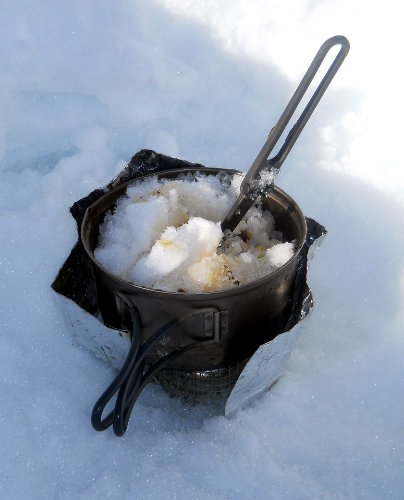
Another backcountry trick: When cooking dinner, use the worst water in your arsenal for that purpose. If you carried a liter of 5-star water into a campsite with a 4-star creek running nearby, I’ll use the 4-star water for dinner since it’ll get boiled and save the 5-star water for drinking straight. In such a scenario, you can also clean your dishes with the worse, 4-star water. It will “contaminate” your dishes with 4-star water, but that’s still better than drinking the 4-star water directly because you ran out of 5-star water washing your dishes!
And that’s the best way to avoid water-born illnesses: Drink from the best water sources available, avoid the worst water sources as much as possible, trade up at every opportunity and treat your water as a second line of defense. You might still get sick from a water-borne illness, but at least you have stacked the deck in your favor!
But back to that second line of defense against water-borne illness: treating your water. It’s not a cure-all for bad water, but it can make bad water better so that’s what we’ll discuss next: Portable Water Treatment Options.

